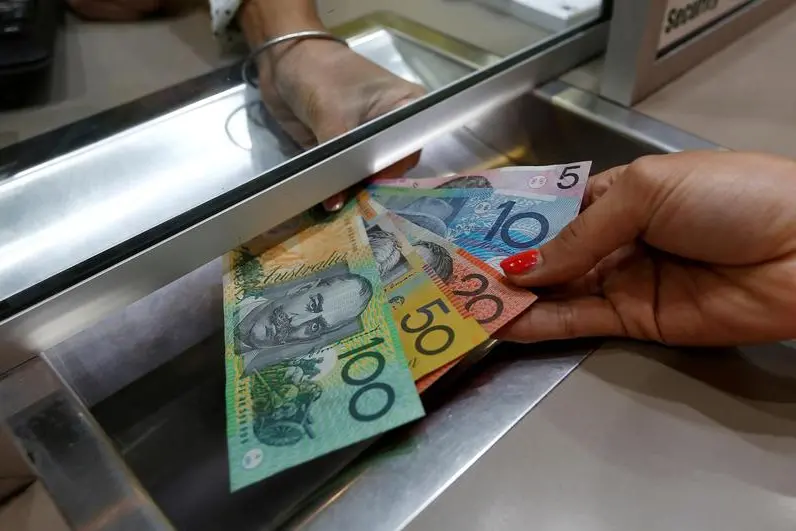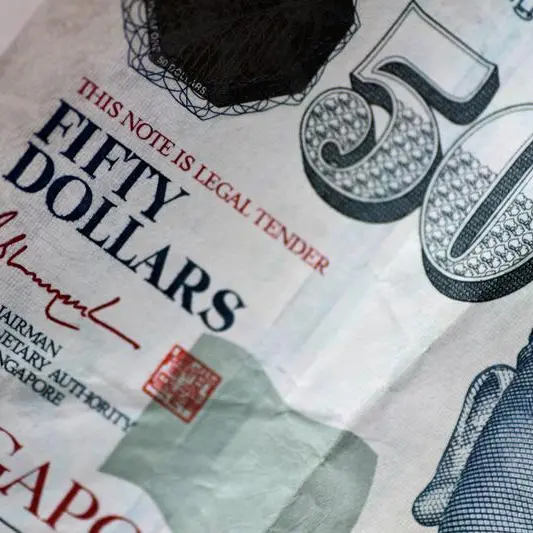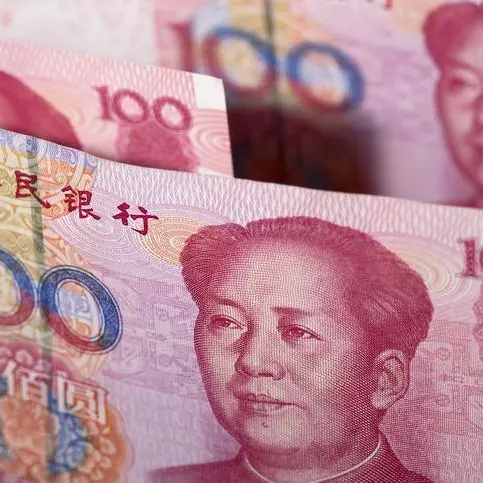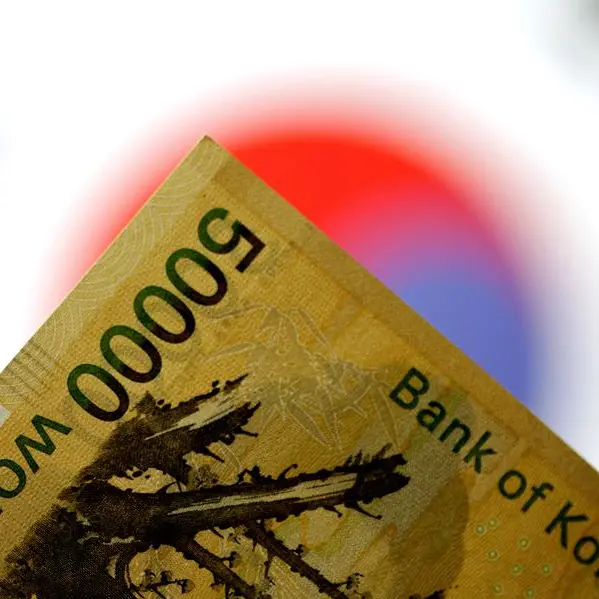PHOTO
The Australian and New Zealand dollars gave up some of their overnight gains on Friday after weak China inflation data, but a soft U.S. dollar and the hawkish local rate outlook have helped the Aussie to post the biggest weekly gain in one month.
The Aussie slid 0.3% to $0.6695, after jumping 0.9% overnight to as high as $0.6718, a fresh one-month high. However, it has failed to breach that level after two attempts and now has support at the 200-day moving average of $0.6691.
The currency was headed for a 1.4% jump for the week, the biggest since early May, continuing its recent ascent away from the 2023 lows.
The kiwi dollar was 0.1% lower at $0.6046, having surged 1% overnight to as far as $0.6099, a key resistance level that it has failed to breach multiple times over the past week. It is up 0.5% for the week.
The two were aided by data overnight showing that the number of Americans filing new claims for unemployment benefits surged to the highest in more than 1-1/2 years last week, driving a surge in U.S. yields and in turn weighing on the U.S. dollar.
Working in the other direction, China's falling producer prices and weak consumer inflation have added to the concern about health of the world's second-largest economy, piling pressure on the Chinese yuan.
Ray Attrill, head of FX Strategy at NAB, on Friday projected a slower climb for the Australian dollar to a peak of 74 cents by March next year, compared with the previous estimate of the December quarter this year.
"This serves to highlight the significance of the China post-Covid growth story, and what that means for USD/CNY, as hugely important for AUD and NZD, bearing in mind both AUD/USD and NZD/USD continue to track the performance of USD/CNY pretty closely," said Attrill.
Three-year government bond yields hit an 12-year high of 3.897% on Friday, before easing back to 3.837%, up 39 basis points for the week.
The bond yield curve has now partially inverted, with the gap between the two-year and 10-year bond rate turned negative for the first time since 2008. Two-year yields stood at 4.019%, 6 basis points above the 10-year yields.
(Reporting by Stella Qiu; Editing by Kim Coghill)























